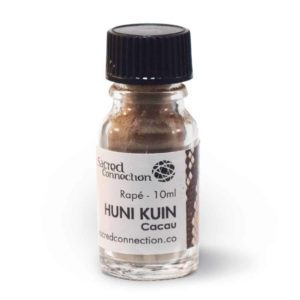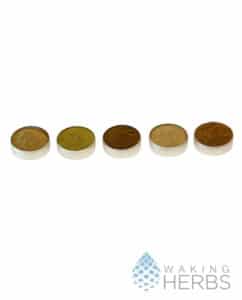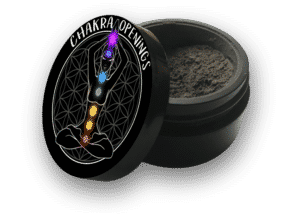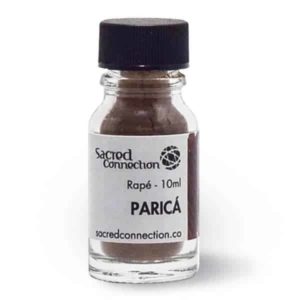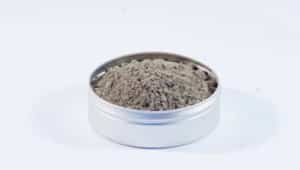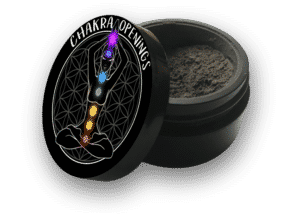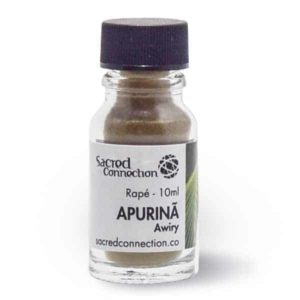6 Types of Shamanic Snuff to Try in Your Hapé Medicine Rituals
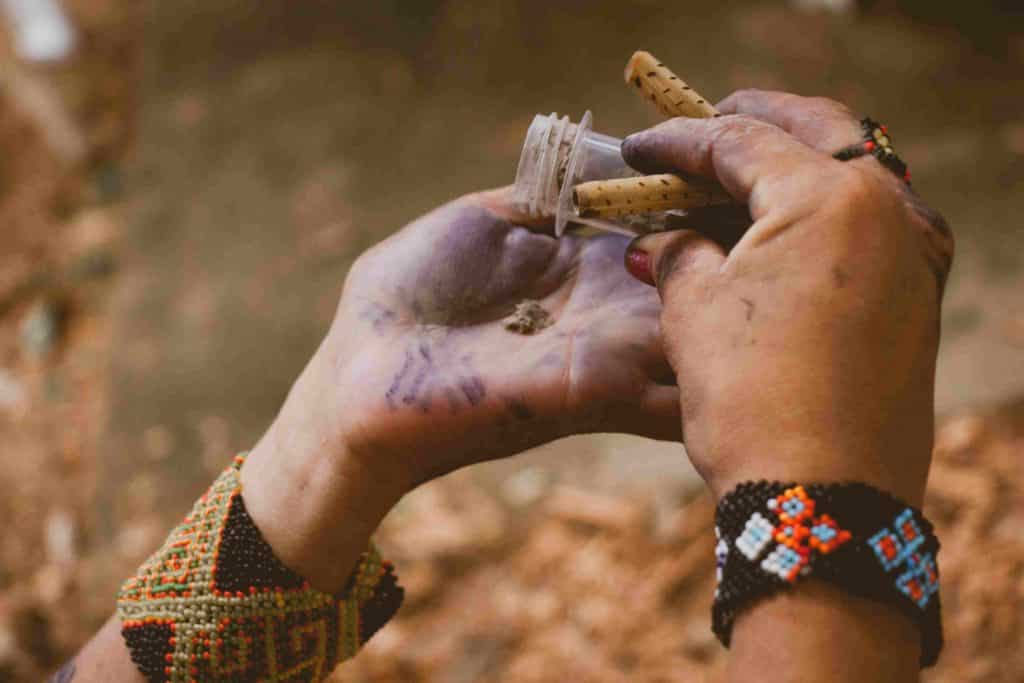
Hapé, the sacred Amazonian snuff, is expanding far beyond the Amazon’s borders and into the hands of people all over the world who have discovered its medicinal and therapeutic benefits.
The medicine, which is also known as hapeh, rapé, or rapeh, is made up of powdered medicinal herbs which often include tobacco and has been used by Amazonian tribes since pre-Columbian times.
Hapé is taken by being blown up the nose either by someone else through a pipe, or by yourself using a snuff self-applicator, known as a kuripe, and is generally taken in social settings and during ceremonies to help you feel more centered, grounded, and invigorated.
For detailed, step-by-step instructions on how to administer shamanic stuff ceremonially, check out this Master Class with Brazilian medicine priestess Aluna Lua:

Learn to Serve Hapé Like an Amazonian
Deepen your alliance with the Tobacco Master Plant & enhance your shamanic faciliation skills. Sign up and:
The diversity of the Amazon rainforest might be an indicator that not all hapé medicine is created equal, and can come in a wide array of blends of different plant ingredients, each with their own properties and effects.
Whether you’re seeking a low-level calming state or a transcendental, visionary experience – there’s a hapé blend out there for you.
Let’s dive into six common types of hapé that are available to buy today and which one is the best for your shamanic intentions.
Tribal Snuff
There are a number of different tribes throughout the Amazon in Brazil and Peru that make hapé that eventually finds its way to Western doorsteps. Just some of these include the Apurina, Huitoto (or Witoto), Kanamari, Katukina, Huni Kuin (also known as the Kaxinawá), Kuntanawa, Matses, Nukini, Shanenawa, and the Yawanawa.
The name of a snuff will generally contain the name of the tribe where it originated and occasionally the name of the shaman who made it.
The Huni Kuin (which means “true people”) is one of the largest tribes that produce hapé. The Huni Kuin live in Brazil and Peru and use a vast range of ingredients and recipes to make their snuffs. Though, it can be said that they’re usually fairly strong!
If you’re seeking a stronger experience with a grounding character, check out this Huni Kuin Cacau hapé, which is blended with ashes from wild natural cacao grown in the Amazon.
Buy Huni Kuin Cacau hapé here.
For an everyday blend that is more suitable for general use, this Huni Kuin Murici hapé is a good option.
Buy Huni Kuin Murici hapé here
The Huni Kuin are just one of many tribes that make hapé medicine, so if you’re seeking a sample of more than one of these beautiful variations, a hapé set with multiple blends is for you. This selection includes hapé from Huitoto, Kanamari, Katukina, Nukini, and Yawanawa tribes, and will be sure to take you on a journey through the wonders of this sacred Amazonian medicine.
Buy a five tribes hapé set here
Blended Snuff
In addition to traditionally prepared snuffs by indigenous groups, you can also find hapé that has been blended with alternative ingredients, such as the kanna plant, which has been used as a mood booster for centuries in South Africa.
If this sounds like something you’d want to try, check out this blend of kanna and Amazonian plants, including silver yarimo leaves and Nicotiana rustica, which was made in the rich Chocó region of Ecuador.
Other non-traditional blends made by non-indigenous hapé masters might include other ingredients such as mint or cinnamon.
Andean Snuff
Andean hapé is a snuff that has been produced in the Andes mountains, the largest mountain range in the world, and that shines through in its powerful blend. Just take a look at this Andino Snuff, which promises to deliver a euphoric experience that clears dense energies in the body and connects you with your intuition. The blend contains a variety of ingredients, including the sacred plants palo santo, ajo sacha, and sanango.
This hapé is known to work on the third eye and heart chakras and uplift the spirit through its loving energies and the ways in which it helps you connect the physical and the etheric. Users of this hapé report being able to deal with past traumas, feeling grounded and centered, and feeling the “warm fuzzies.”
Caboclo-made Snuff
Caboclo-made hapé is made by people of mixed indigenous Brazilian and European ancestry. This cultural fusion comes through in their hapé in the form of nuanced energies and a uniquely powerful experience.
This particular Caboclo Paricá hapé is a powerful medicine that allows you to go deep and has energetic and grounding properties. The snuff is a blend of artisanal Rustica and the ashes of the paricá tree.
You might also want to try this Golden Boa blend, made by Gesileu, a well-known Caboclo hapé master who has dedicated his life to learning about sacred medicines and the traditions and practices of the Yawanawa and Huni Kuin tribes. The hapé is made up of organic tobacco, and tsunu and cumarú seeds, and will help you channel energies of protection and abundance, as well as manifest your intentions.
Ceremonial Snuffs
While most hapé is not psychedelic, there are blends that contain other psychoactive plant compounds that can provoke a visionary effect. For example, some entheogenic ingredients that may be used include chacruna (the DMT-containing plant that’s used to make ayahuasca), the San Pedro cactus (which contains mescaline), or yopo, which contains DMT, 5-MeO-DMT, and bufotenin. Ceremonial snuffs may also be used in combination with other medicines, such as ayahuasca or psilocybin-containing mushrooms, during ceremony.
This visionary hapé promises to take you on a profound journey, evoking visions and opening up your third eye. Users of this hapé, which is made up of a mix of sacred plants, leaves, and ashes, report using it during ceremony to bring on vivid visions and outside of ceremony to aid creative concentration.
Tobacco-free Snuff
Contrary to what you might think, many hapé blends don’t actually contain any tobacco. Going tobacco-free with your hapé has a few benefits, including a more gentle experience that might be better for beginners, and of course forgoing the nicotine that might be an issue for those with an addiction.
This Bobinsana Chocolate hapé is mapacho (tobacco)-free, and is made from cacao from the higher Ecuadorian Amazon, heart-opening bobinsana leaves, and bark from the calcium-rich guaba tree. This snuff promises a milder experience and acts as a gentle energizer.
Buy Bobinsana Chocolate hapé here
If tobacco-free sounds like a good choice for you, you might also want to try this Apurinã snuff, which is made from the awiry plant and is free from Nicotiana rustica. Unlike other types of tobacco used in hapé, awiry is simply dried and then ground (as opposed to being fermented or heated), which is what gives it its green color. Snuff containing awiry has a flowery scent and a subtle but deep opening effect, making it a good choice for beginners.
For a gentle energizer that’s full of light, we recommend this Banisteriopsis caapi and chocolate hapé, made in the Chocó region of the Ecuadorian Andes. Banisteriopsis caapi, also known as ayahuasca or yagé, is a master plant teacher that’s been used ceremonially in the Amazon for thousands of years.
Buy Banisteriopsis caapi and chocolate hapé here
How to Take Hapé Medicine
If you’ve decided which blend is right for you and now you’re in need of more in-depth information about how to take hapé, check out our resources to help you learn how to take it either on your own or with a friend:
We hope you found this blog useful and if you decide to try any of the hapé blends we mentioned, let us know in the comments below! Which one did you try? What did you get from the experience?

